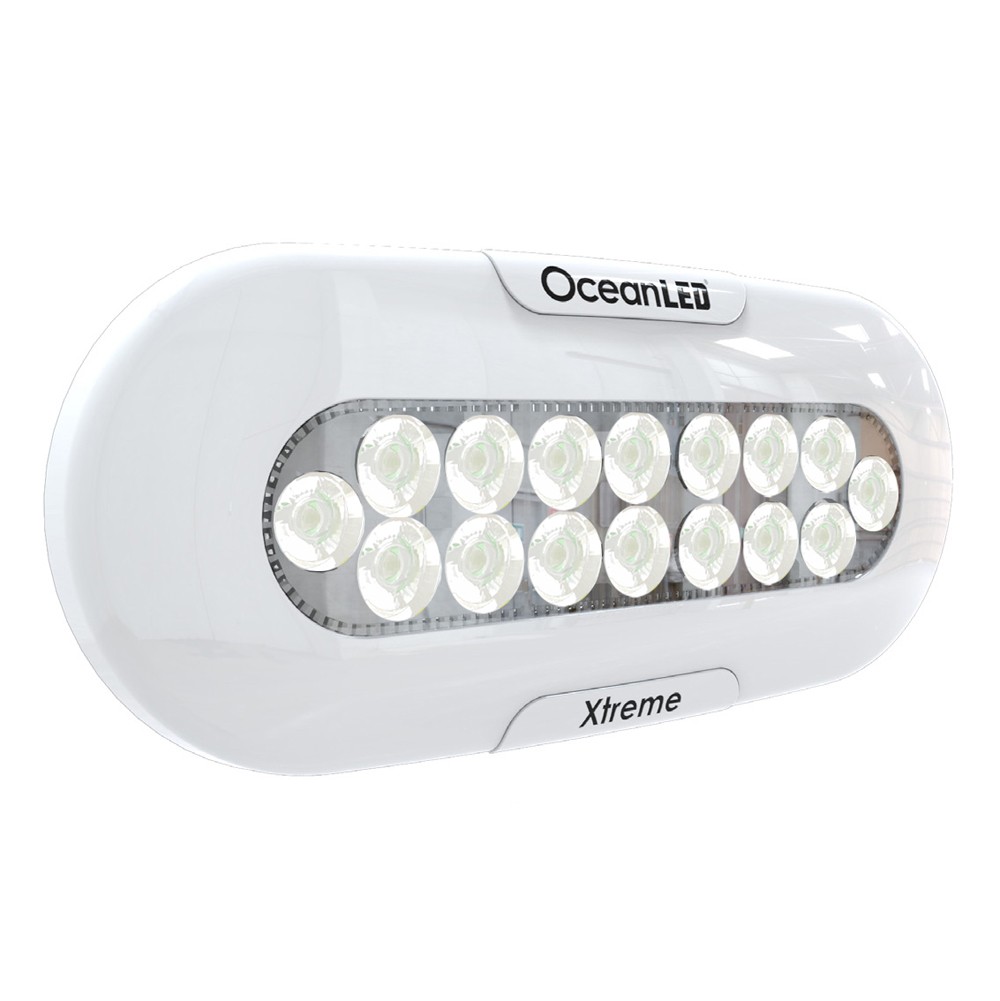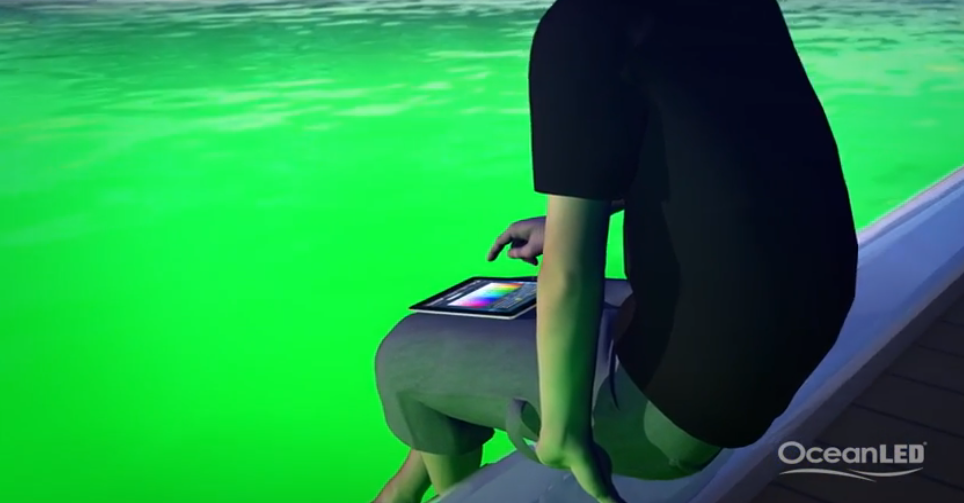As we have learned from past stories, many of the product markets that are first to adopt 3D printing are high-level and unique, such as interior parts for private airplanes and yachts. The experience built up in the high end sector often trickles down to more widespread products. That is exactly what happened with OceanLED’s under-boat lighting system, as the company turned to professional prototyping service Proto Labs.
The LED lighting specialists developed a low-energy consumption system for high-end yachts, which lights up the water around the bottom of the boat, creating an amazing “aquarium effect”, as the fish are attracted to the light (see video below). While producing the enclosures for multimillion dollar ships implied no significant restrictions in terms of costs, as the company widened its target to smaller sporting and private pleasure boats, it needed to develop a polymer based prototype that could optimize costs and efficiency, without sacrificing quality.
In an interesting case study, Protomold, Proto Labs’ division specializing in low number injection molding applications, describes the process through which it helped OceanLED reach its objective. The Amphibian line of products that emerged is now being described as the “the worlds first lighting collection designed to be used both in and out of the water.” What began as an online quotation developed into several 3D printed prototype iterations and then into a first introductory line of 500 injection-molded final products.

Initially, OceanLED used Protomold to make prototypes of mounting kits for the three models in the Amphibian line. The challenge was to develop an extremely versatile system that was strong and light and that offered as many different mounting points as possible. Sant was able to repeatedly modify his design and upload modifications with ease as often as necessary to achieve the desired goal. Working directly with Proto Labs’ Telford plant in the UK, through the ProtoQuote online service, Sant received both a detailed, interactive price quote and a design analysis highlighting possible design problems. The high-speed computer cluster used to generate the quote and analysis returned results within hours of receiving the upload.
Once designs were finalized as prototypes, OceanLED ordered production parts from Proto Labs and had them made from the same molds. This business model allows economical production in relatively low volumes via a single, one-stop solution. It is another example of how the 3D printing and prototyping process can actually serve to increment and optimize traditional manufacturing, rather than erode market shares from either of them.



